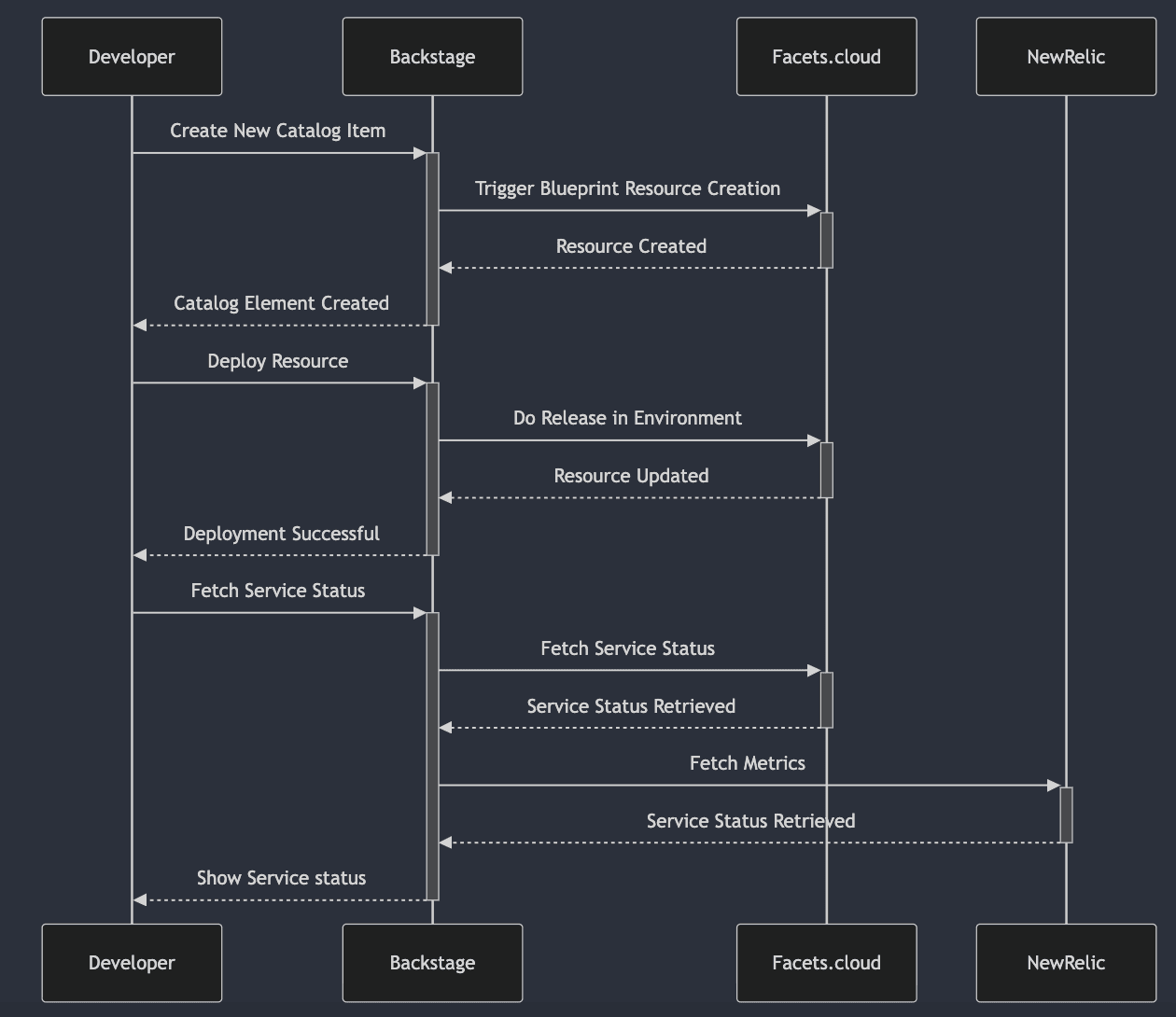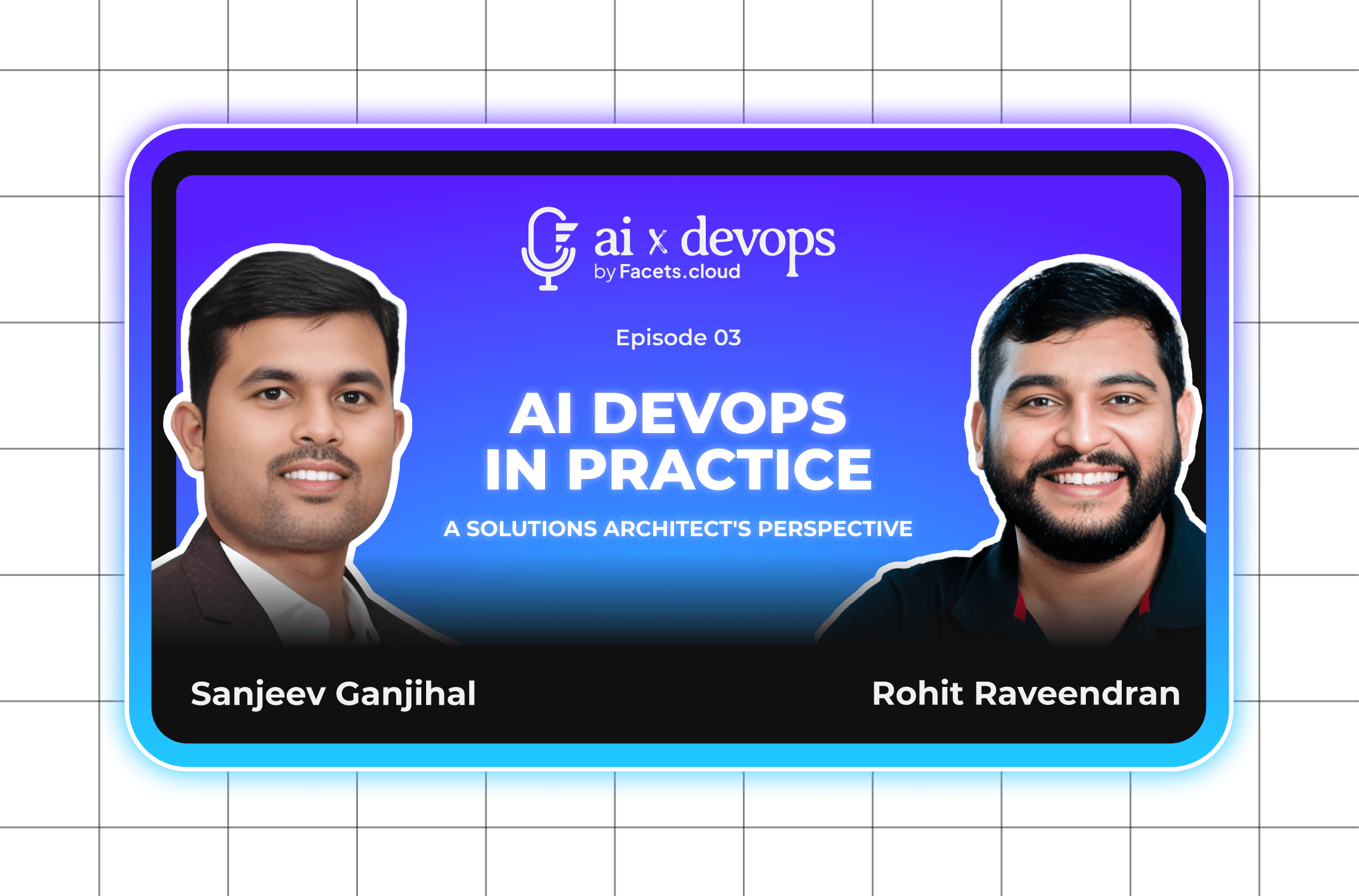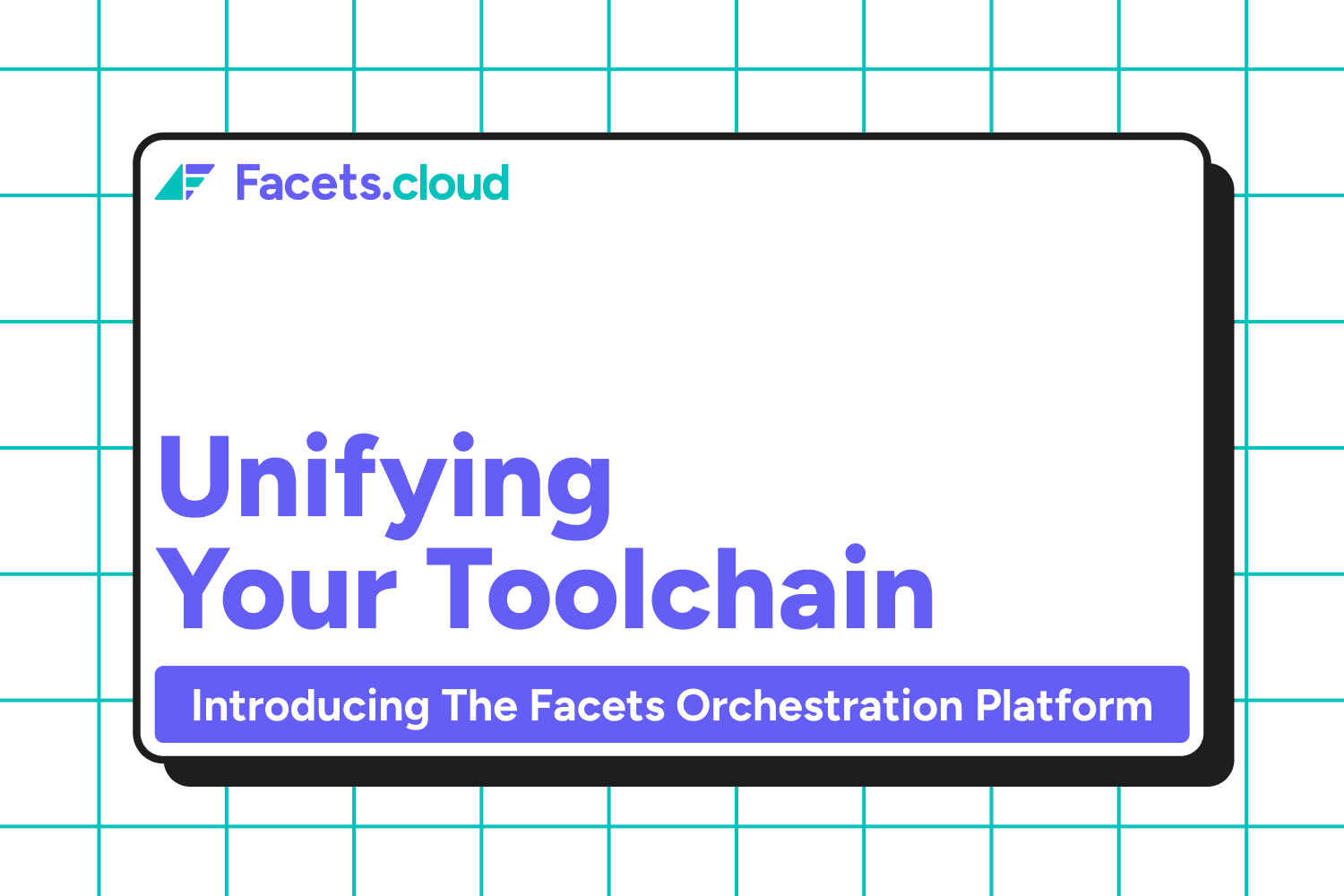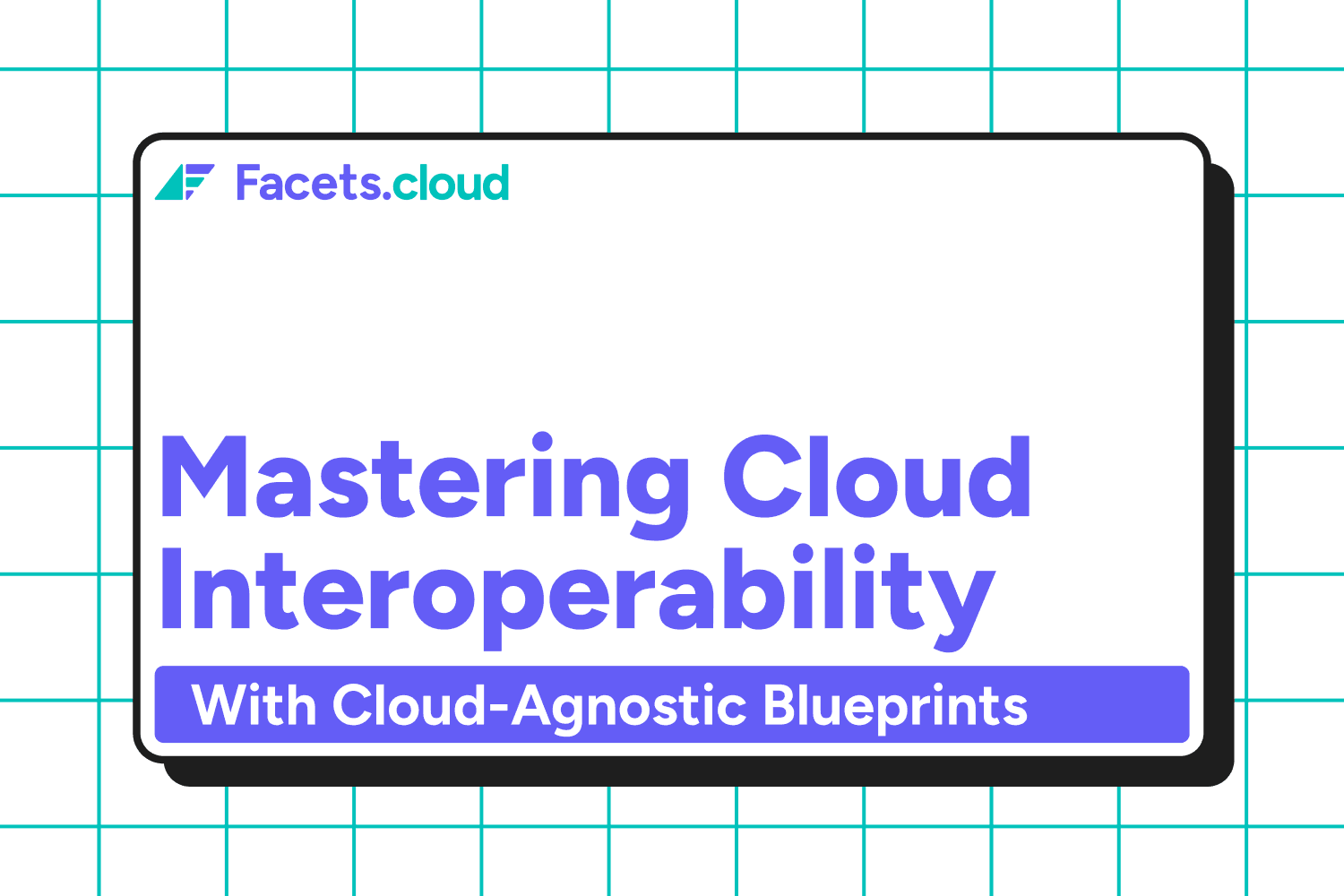As platform engineering evolves, tools like Backstage and Facets.cloud are emerging as indispensable for organizations seeking efficiency, standardization, and developer satisfaction. Despite their shared goal of streamlining software delivery, these tools are not competitors but complementary forces—each excelling in its domain. This article dives into how Facets.cloud builds on Backstage’s strengths and provides unique value to platform engineering teams.
The Philosophy Behind Backstage and Facets.cloud
Backstage, developed by Spotify, addresses a critical pain point in modern development: the sprawl of tools, services, and documentation. It brings them together in a centralized portal, giving developers a single pane of glass to manage their workflows. Backstage is the frontend of platform engineering, empowering developers with visibility and consistency across their environment.
Facets.cloud, on the other hand, focuses on the backend of platform engineering. It simplifies complex workflows by integrating application, infrastructure, and configuration management into cohesive systems. Platform engineers can create reusable automation components that developers consume effortlessly, reducing manual coordination and increasing efficiency. Furthermore, it ensures consistency across products, environments, and clouds by centralizing organizational knowledge, preventing drift, and standardizing processes. Facets.cloud integrates seamlessly with Backstage but also stands alone, offering an inbuilt portal for organizations that may not have adopted a dedicated developer portal.
High-Level Overview: What Each Tool Brings
Aspect | Backstage | Facets.cloud |
Core Purpose | Centralized developer portal | Infrastructure orchestration |
Primary Users | Developers, Team Leads | Platform Engineering Teams |
Key Functionality | Aggregates tools, docs, and workflows | Integrates workflows, automates configurations, and ensures standardization |
Integration Capabilities | Extends via plugins | Integrates with portals like Backstage |
Standalone Capabilities | Requires additional backend tooling | Includes a developer portal option |
Backstage simplifies the developer experience by organizing services and tools, while Facets.cloud ensures those services are provisioned and managed seamlessly in the background. This alignment creates a powerful synergy.
Backstage + Facets.cloud: Better Together
When used in tandem, Backstage and Facets.cloud deliver a complete platform engineering solution. Here’s how they align:
- Backstage as the Developer Gateway:
- Provides visibility into services, their owners, and their current state.
- Integrates with custom and sometimes non-standard tooling to provide a uniform view for developers.
- Facets.cloud as the Operational Engine:
- Automates workflows triggered by Backstage’s templates, ensuring deterministic and automated environment setups.
- Reduces complexity by allowing platform engineers to build reusable automation components while developers leverage them without needing detailed infrastructure knowledge.
- Standardizes software delivery across multiple environments and products, ensuring operational consistency and efficiency.
This pairing ensures developers can focus on innovation, while platform engineers maintain operational excellence.
How Facets.cloud Stands Out
Facets.cloud’s unique value lies in its ability to:
- Simplify Workflows: Integrates application, infrastructure, and configuration pipelines into a unified system, enabling one-click environment setups.
- Enhance Collaboration: Allows platform engineers to define reusable automation components, reducing duplication and enabling developers to focus on their core tasks.
- Ensure Consistency: Centralizes alerts, configurations, and infrastructure details, eliminating dependency on individual expertise and preventing drift.
- Offer a Built-In Portal: Provides organizations without a developer portal like Backstage with a cohesive interface to manage workflows.
- Seamlessly Integrate: Acts as a backend orchestration layer for Backstage or other portals, ensuring backend processes are efficient and automated.
These features make Facets.cloud not just a tool but a comprehensive solution for organizations at varying levels of platform engineering maturity.
Architecting for the Future: Key Considerations
Question | Backstage's role | Facets.cloud's role |
How do we simplify workflows? | Aggregates tools, docs, and templates | Automates deployment and provisioning with standardized proc |
How do we ensure compliance? | Promotes organizational best practices | Embeds compliance into reusable automation rules |
How do we scale operations? | Standardizes developer access | Enables multi-cloud, multi-product, and multi-environment products to operate without maintaining project-specific automations |
For architects, the message is clear: Backstage and Facets.cloud are not an either/or choice. Instead, they represent two essential pillars of a robust platform engineering strategy.

Conclusion: A Holistic Approach to Platform Engineering
Backstage and Facets.cloud excel in their respective domains, addressing distinct yet interconnected needs. Backstage empowers developers with an intuitive, centralized interface, while Facets.cloud ensures the infrastructure and processes behind that interface are automated, scalable, and reliable. Together, they create an ecosystem where developers can thrive and platform engineers can innovate.
By integrating cohesive workflows, fostering collaboration through reusable automation, and centralizing organizational knowledge, Facets.cloud amplifies the efficiency of platform engineering. Organizations looking to embrace platform engineering need not choose between these tools. By leveraging both, they can unlock unparalleled efficiency, collaboration, and satisfaction across their teams. Facets.cloud’s ability to stand alone or integrate seamlessly ensures that every organization, regardless of its starting point, can benefit from this holistic approach to modern software delivery.


